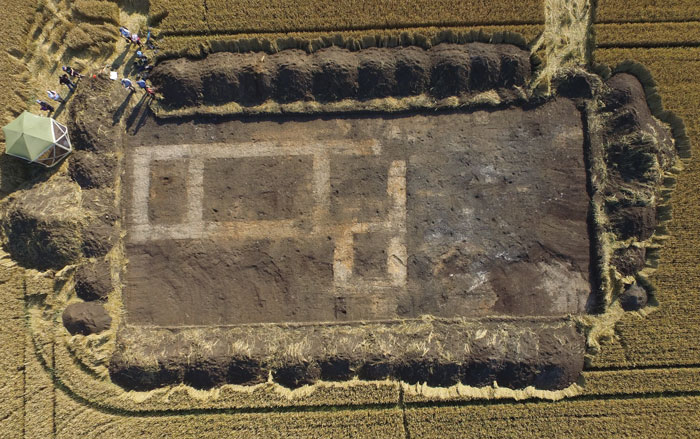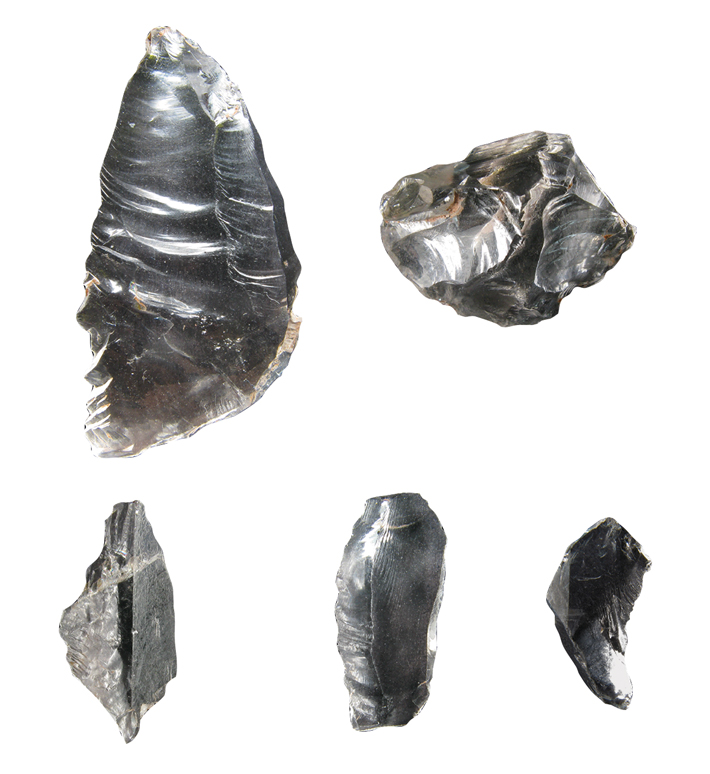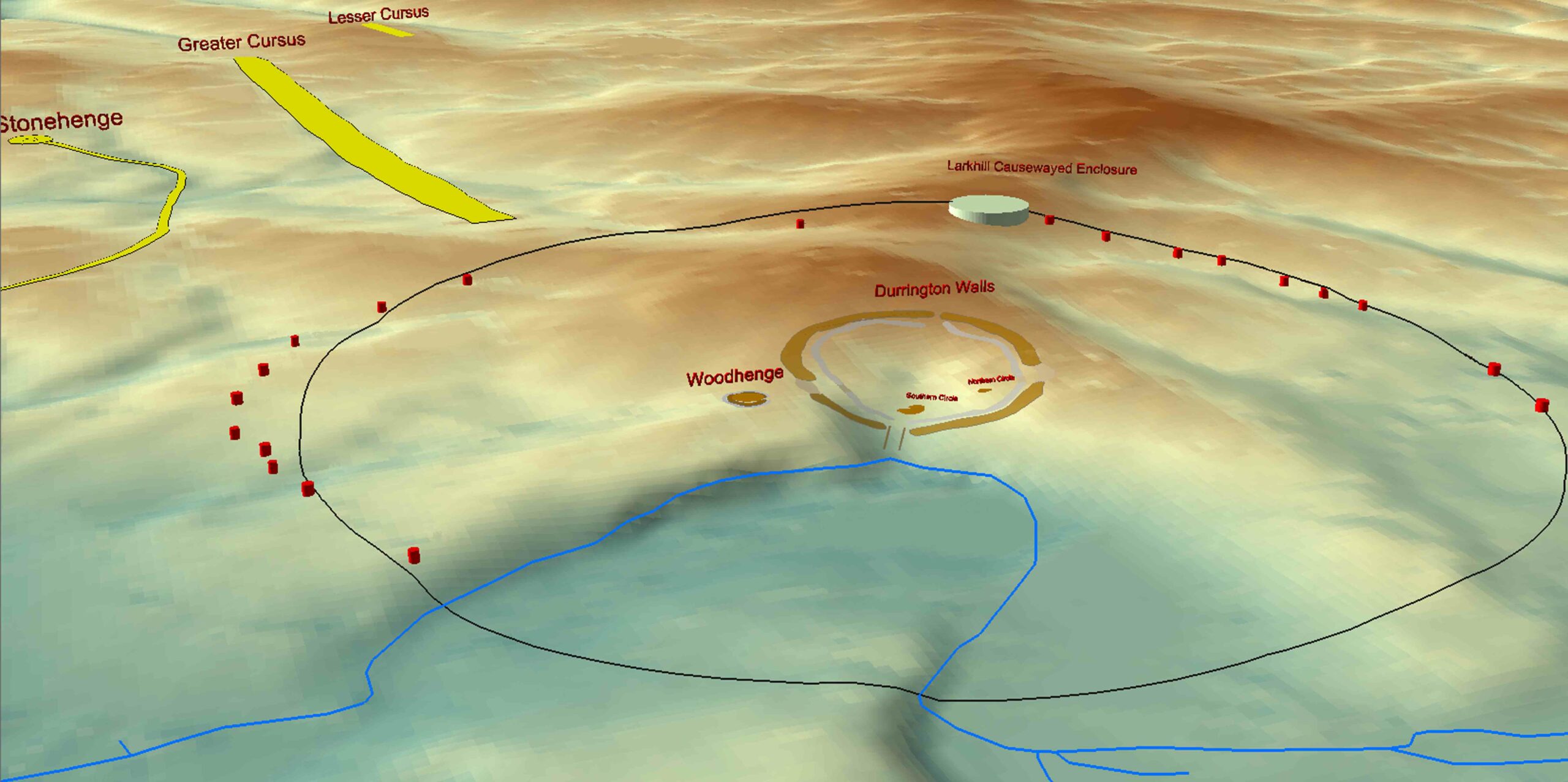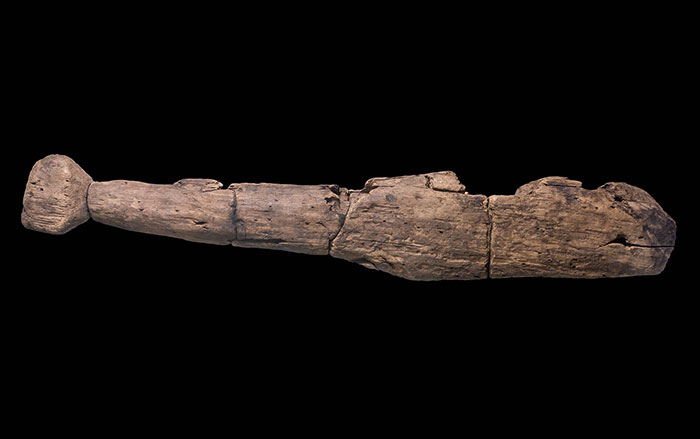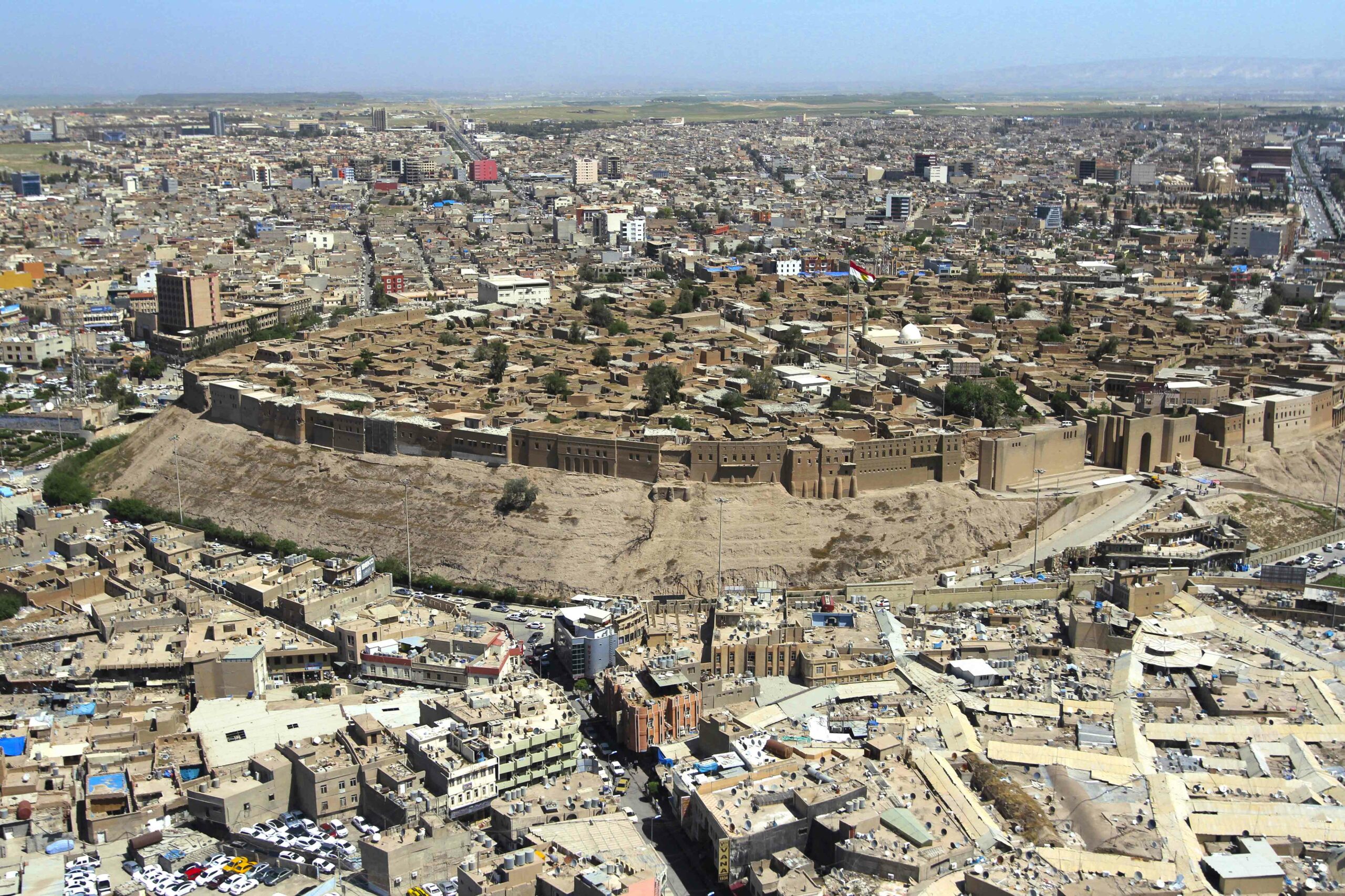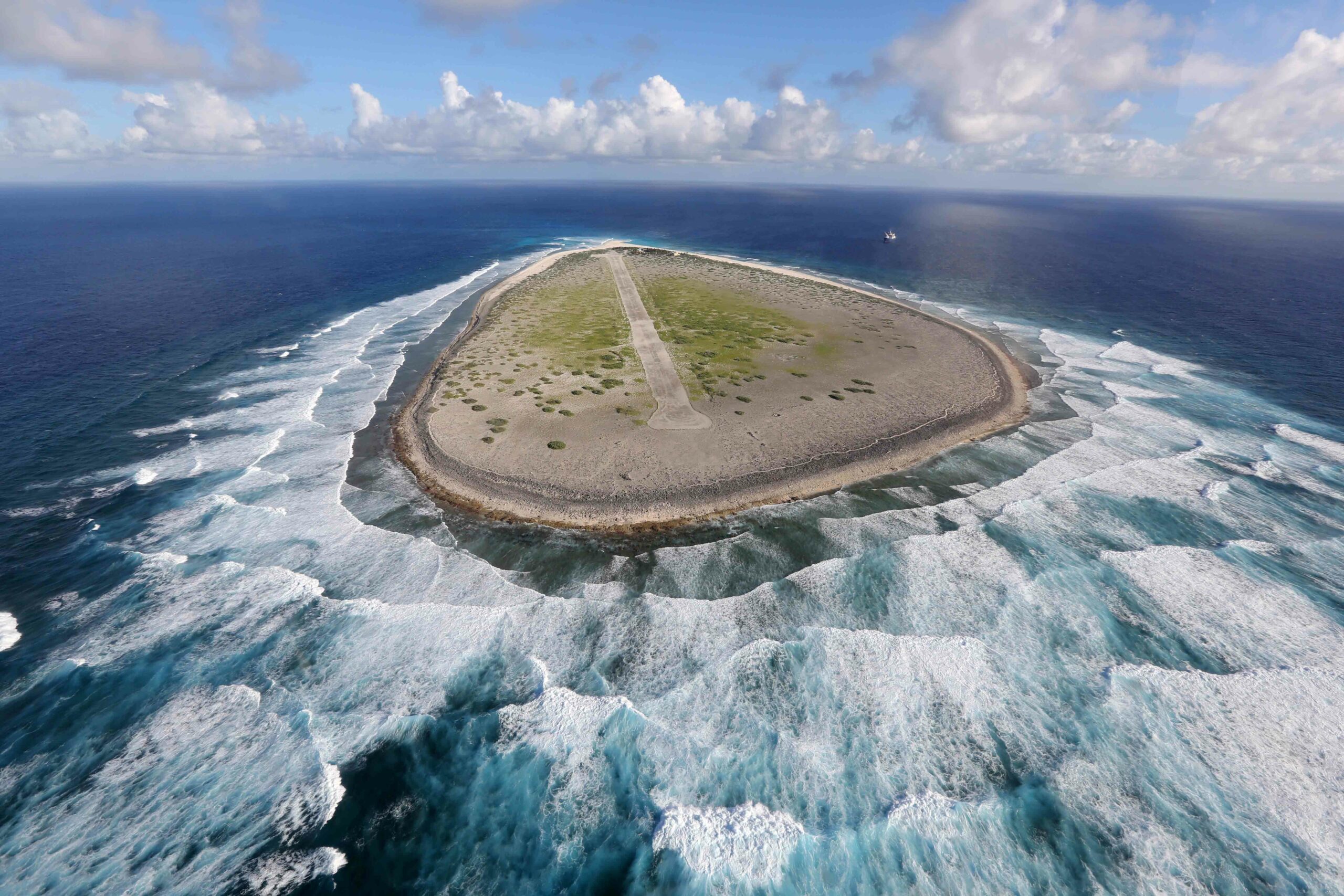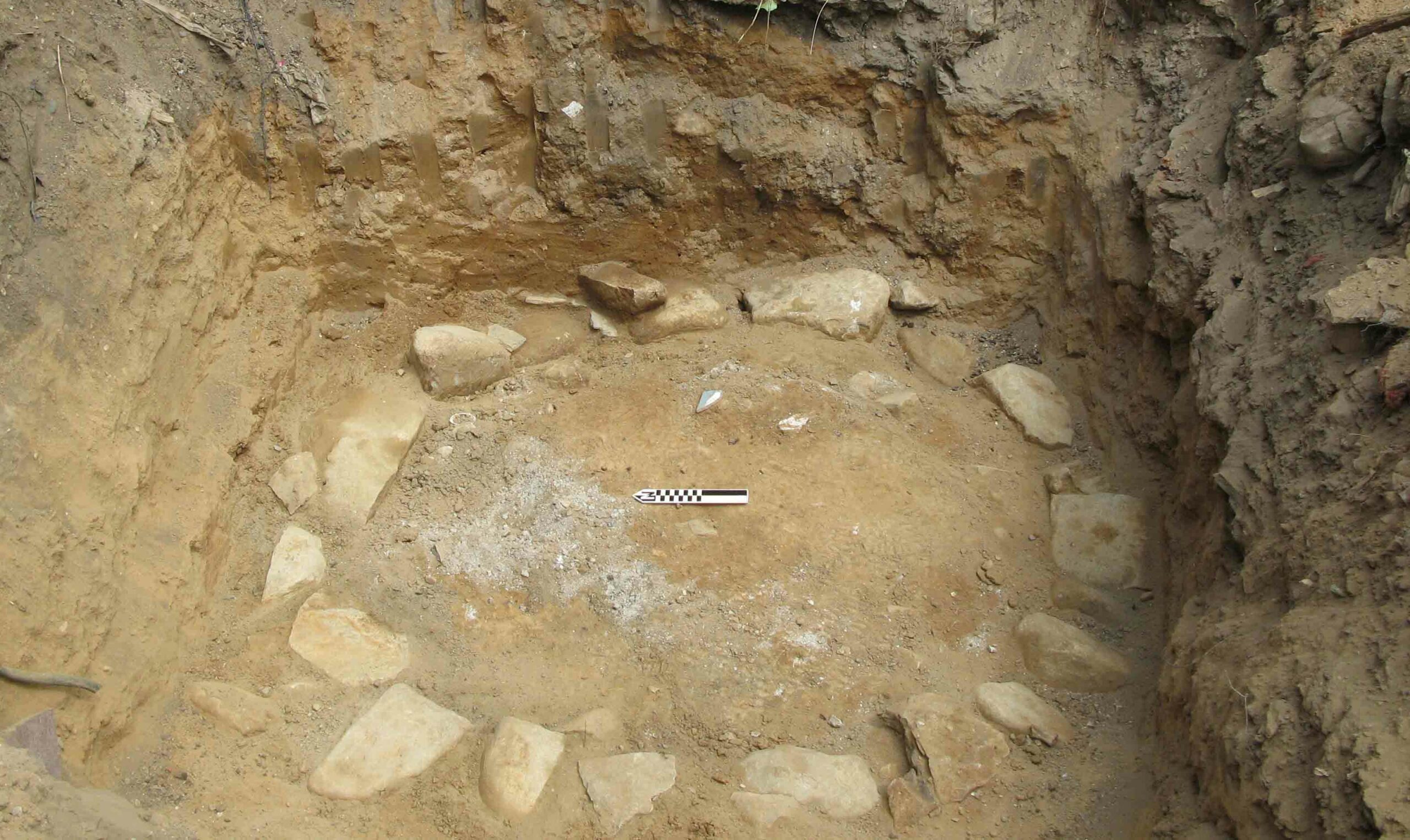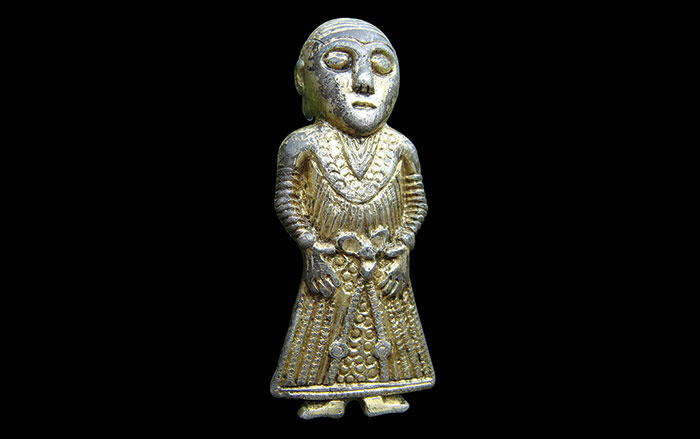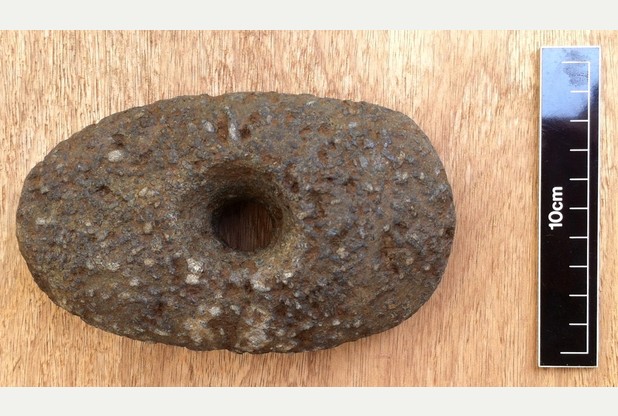
READING, ENGLAND—A team assisted by volunteers has uncovered Neolithic pottery and evidence of a settlement in the Isles of Scilly, off the southwestern tip of the Cornish peninsula. “We found about 30 post holes which might have been successive structures. There weren’t any coherent buildings, however, like neat rectangles, which is always a bit annoying, but is the way it is,” Duncan Garrow of the University of Reading told The Cornishman. The team also found flint, a pit that contained thick layers of charcoal with rock crystals, and a pierced pebble necklace or amulet. Nearby test pits yielded a Neolithic mace head with a hole in its middle made of Cornish greenstone. “This process would have taken hours of work, as at the time people did not have metal tools and would have had to grind out the hole using a wooden bow drill and abrasive sand from the beach,” Garrow said. To read more of ARCHAEOLOGY's coverage of Neolithic England, see "The Henge Builders."


